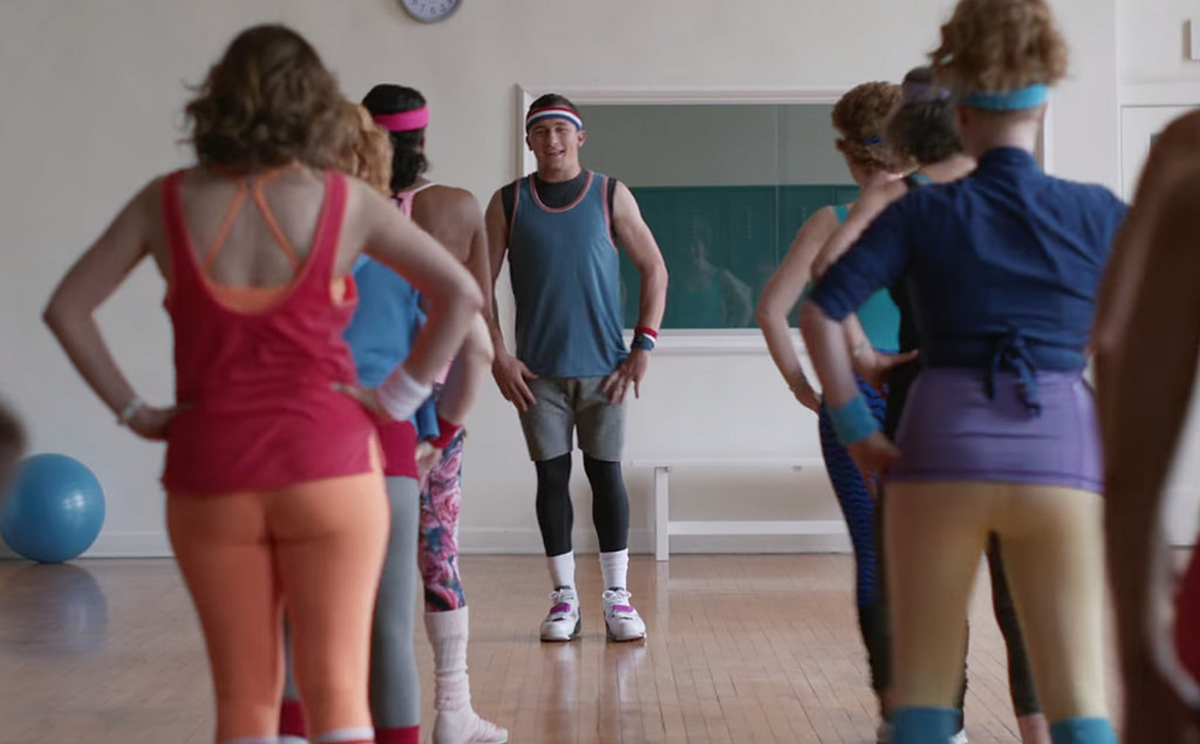Table of Contents
At Stanford University, a team of researchers across multiple disciplines is conducting a series of tests to discover just how valid decades-old recommendations for physical activity really are. In one study they have elite athletes putting on over-the-counter fitness bands, pulse trackers, and heart-rate monitors, along with oxygen masks, before they play basketball. The researchers want to know if the activity monitors you can get at the sporting goods store really measure how hard your body is working. They also want to know if there are unique genes that make elite athletes elite, and if those genes tell us about how to treat fitness problems at the other end of the athletic spectrum.

Dr. Euan Ashley, director of the Stanford lab, notes that he treats a lot of congestive heart failure. What he has found in his studies of elite athletes is that there is not necessarily any single way to become extraordinarily fit. Different athletes use different training programs to reach their goals. Conversely, people who aren’t in good shape, and who perhaps will never be in good shape, may benefit from individually tailored programs of exercise. The 10,000 steps a day recommendation, like a single size shoe, may not fit all.
“We know exercise saves lives,” Dr. Ashley told a reporter for the Washington Post. “What we don’t know is what is the right dose.”
Finding the right dose of exercise is a task taken on by Dr. Ashley’s colleague at Stanford, Dr. Alan Yeung. Using monitors that work with Apple’s open source Research Kit software, fitness watches, and other electronics, Dr. Yeung has recruited 53,000 people for a massive study of the second-by-second minutiae of the amounts of exercise people really get. His preliminary findings include:
- The stereotype that Americans who live along the Pacific Coast, in California, Oregon, and Washington, and Hawaii are physically more active than Americans who live elsewhere in the country turns out to be correct. However,
- Most Americans spend most of their time just sitting around, even those in their 20s, 30s, and 40s, which should be athletically their prime of life. Many Americans don’t even get up and down or move around. They spend almost all of their waking hours sitting. Even Americans who do not display signs of heart disease typically come nowhere remotely close to getting 10,000 steps (5 miles/8 kilometers) of walking every day.
Does this mean that the Unites States is just a decade away from an epidemic of heart disease among Millennial couch potatoes? Or does it mean that the old recommendations for exercise are wrong.
READ Best Way to Maximize Weight Loss through Exercise?
If you have an iPhone, you can be part of the answer to the question. The Stanford My Heart Counts study is open to volunteers all over the world (although instructions are in English). You simply download a free app, answer a survey, and let your iPhone and a wearable device (if you have one) collect data for 7 days. Your activity will then be summarized in an activity circle, which tells you the amount of time you spend in various kinds of physical activity, and an estimate of your cardiovascular risk and heart age. You will receive an estimate of your lifetime risk of having a heart attack or stroke if you are 20 to 59, and an estimate of your risk of having a heart attack or stroke in the next 10 years if you are age 40 to 79. You will also receive recommendations for improving your heart health. Using the app takes 10 to 15 minutes a day for just seven days. The researchers recommend you use the app every three months to collect ongoing data on how well you are doing.
You can participate in the My Heart Counts study if you own an iPhone. The app is free. Please see the link below for further information.
- Eunjung Cha A. Is 10,000-steps goal more myth than science? Study seeks fitness truths through our phones and more. To Your Health, Washington Post. 26 May 2016.
- O'Connell S, ÓLaighin G, Kelly L, Murphy E, Beirne S, Burke N, Kilgannon O, Quinlan LR. These Shoes Are Made for Walking: Sensitivity Performance Evaluation of Commercial Activity Monitors under the Expected Conditions and Circumstances Required to Achieve the International Daily Step Goal of 10,000 Steps. PLoS One. 2016 May 11. 11(5):e0154956. doi: 10.1371/journal.pone.0154956. eCollection 2016.PMID: 27167121.
- Photo courtesy of Braiu: www.flickr.com/photos/braiu_74/23260390571/
- Photo courtesy of midwestnerd: www.flickr.com/photos/20553990@N06/15708218699/
- Photo courtesy of midwestnerd: www.flickr.com/photos/20553990@N06/15708218699/


Your thoughts on this